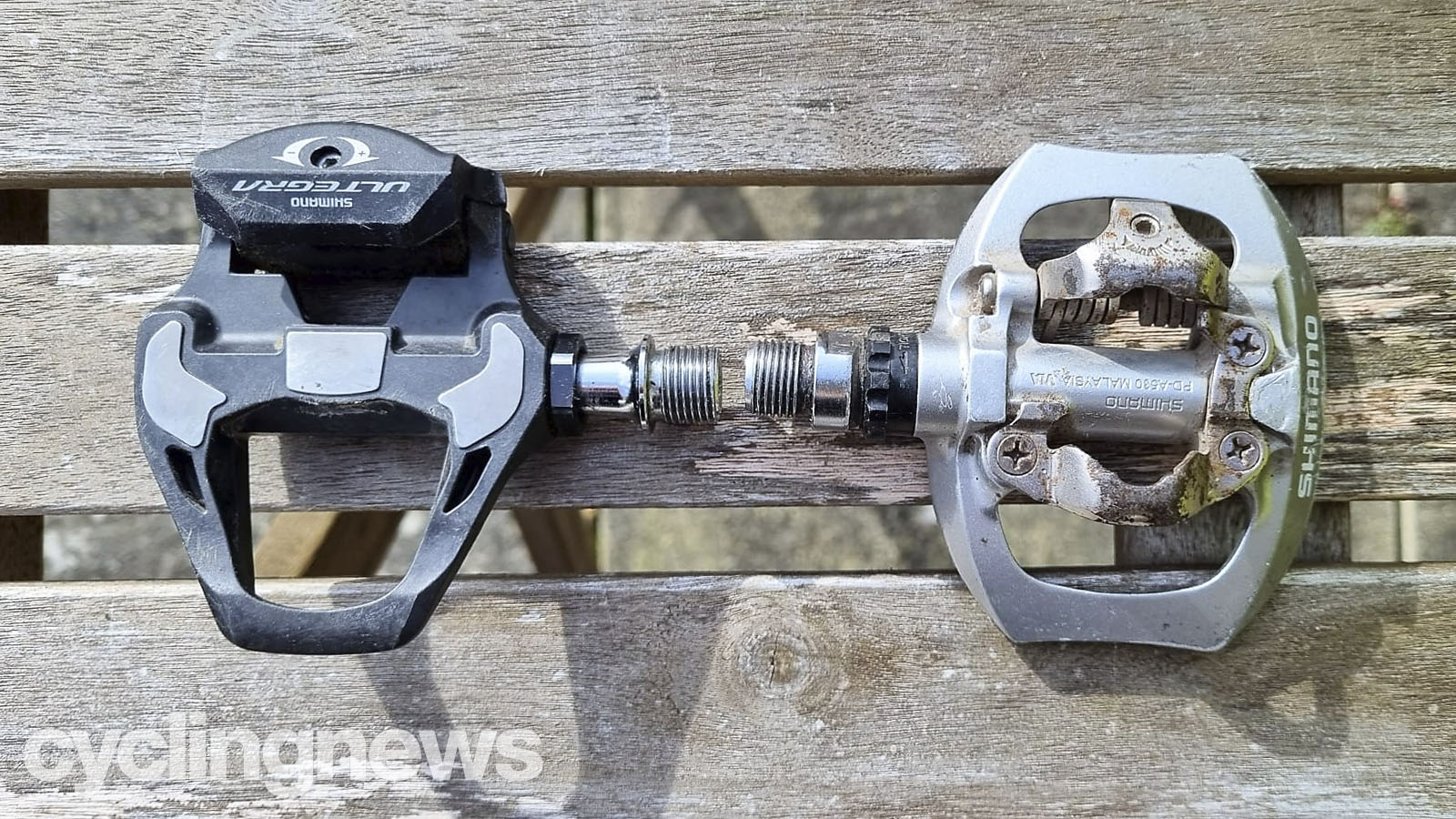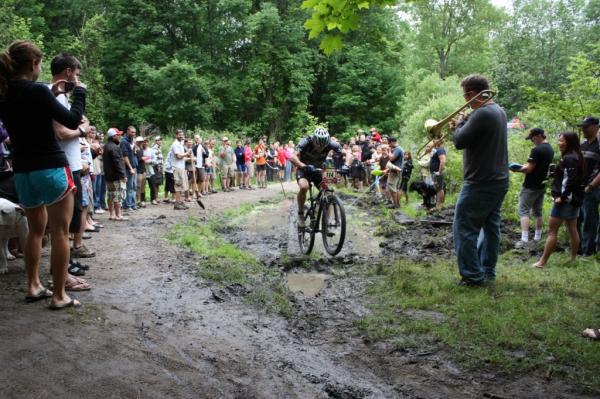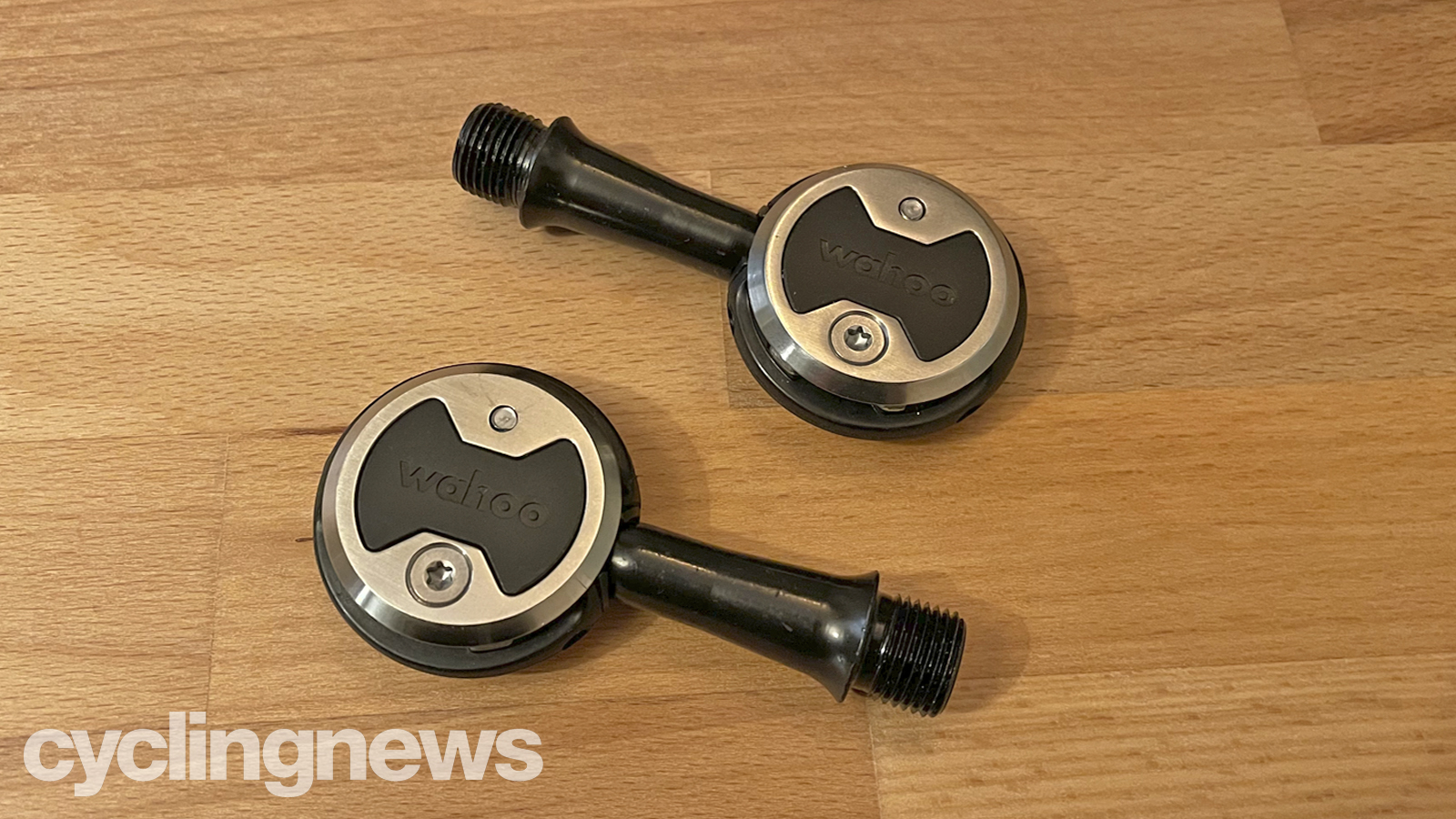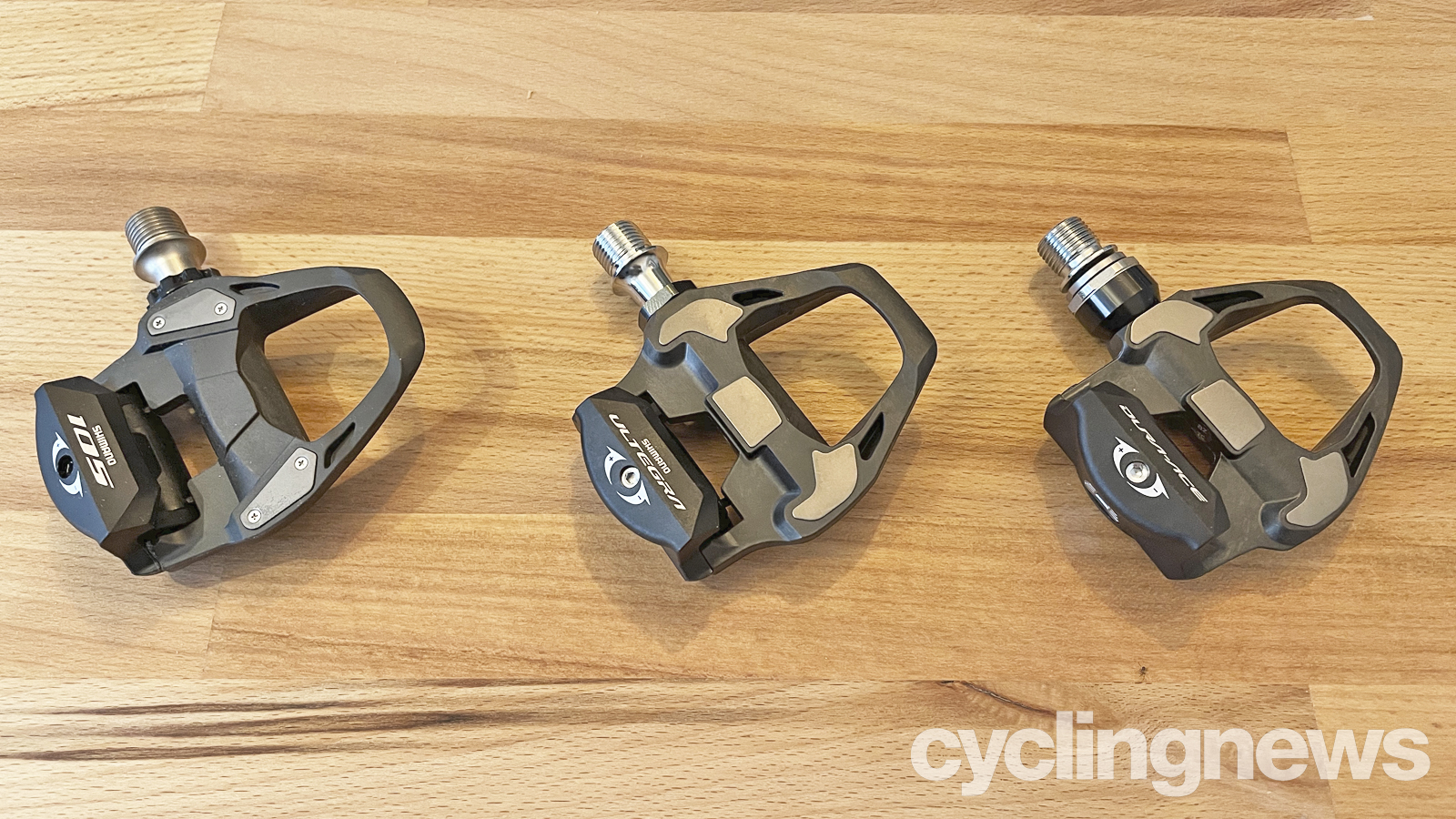SPD pedals explained: Everything you need to know about Shimano's popular pedal platform
With cleat configurations ranging from two-bolt to three-bolt, and options geared for dirt and on-road use, we examine Shimano's complete SPD pedal line-up to help you decide which version is right for you

Pedals are arguably the most important part of riding a bicycle – without them, you simply cannot do anything. You cannot turn the cranks, meaning you can't move forward, and that's a pretty fundamental part of riding a bike. SPD pedals are one of the most popular styles, and they have been around since 1990.
The term SPD stands for ‘Shimano Pedalling Dynamics,’ and was invented specifically for mountain biking. Today, SPD pedals are clipless pedals designed for off-road riding, while SPD-SL (SuperLight) pedals are designed specifically for the road.
Despite the confusing 'clipless' label, both SPD and SPD-SL pedals require you to clip your feet in, courtesy of a cleat that is fitted to the sole of your shoe and a sprung clip in the pedal that, when clipped in, will hold your foot secure, allow you to pull up as well as push down, and maintain an efficient foot position.
With a pedal that caters to both road and off-road segments of the cycling space, Shimano pedals are a regular sight on bikes of all types, no matter your riding preference. The brand's SPD-SL contingent occupies numerous spots in our guide to the best road bike pedals, while the lightweight, durable and well-performing SPD range is well represented in our guide to the best gravel bike pedals.
So popular they are, in fact, that the term ‘SPD pedals’ has almost become synonymous with clipless pedals. Competitors have popped up with their own iterations of MTB-specific pedals, but Shimano has continually evolved and improved the SPD line-up.
SPD vs SPD-SL
We've covered SPD vs SPD-SL in more depth separately, but here's a brief overview.
The main selling point of SPD pedals is that they are lightweight, efficient, and reliable in all sorts of terrain and weather conditions. SPD pedals used a small metal cleat that fits the sole of a cycling shoe using two bolts.
Get The Leadout Newsletter
The latest race content, interviews, features, reviews and expert buying guides, direct to your inbox!
SPD pedals are typically two-sided, making them easier for quick clip-ins perhaps in a steep off-road switchback or at the start of a race. The small cleat is often recessed between rubber lugs on the sole of the shoe, which means that the cleat won’t be sticking out so they are easy to walk in.
They are also available in different MTB cross country and trail models, with the former pedal body being much smaller, and the latter being longer so as to provide a wider platform for pedalling and balancing on steep and gnarly trails.
SPD-SL pedals, meanwhile, use a three-bolt cleat, so it's important to bear this in mind when choosing your shoes since not all shoes are compatible with both two- and three-bolt iterations. These cleats are plastic, and much larger than their off-road counterparts. Similarly, SPD-SL pedals provide a larger pedalling platform than SPD pedals, and they are often lighter and stiffer too. The entire SPD-SL pedal body is completely different from an SPD pedal, and you can only clip into one side rather than both.
Overall, SPD-SL pedals are lighter, more aerodynamic, and more efficient than SPD pedals. However, they are not ideal off-road pedals. The large cleat protrudes from the outsole of the shoe, making it difficult to walk. In addition, they aren't designed to shed mud, and they are more prone to damage due to their plastic construction.
In essence, SPD-SL pedals are ideal for clean riding on paved roads, while SPD pedals are designed for off-road use or rides that involved periods of walking.

SPD pedal features
Two-bolt SPD pedals, especially, are quick to shed dirt and mud should you be riding in the rain or running up a muddy hill. Other pedal types can become easily clogged with dirt, but SPD pedals are intentionally designed for just these scenarios, allowing you to jump back on your bike and easily clip in after a muddy run-up.
Inside each SPD pedal is a cartridge bearing unit that seals against dirt, mud, and moisture that could be picked up during a wet MTB ride. This also reduces the need for constant maintenance, which can be a pain if you happen to live in a wet and muddy climate.
SPD-SL pedals are available with cleats that offer three different degrees of float, which is the amount you can rotate your foot whilst remaining clipped in. Red cleats offer a fixed (zero degree) float, blue cleats offer two degrees, while yellow cleats offer six degrees.
Both SPD and SPD-SL pedals come with adjustable tension, which allows a rider to choose between a pedal that is easy to clip out of and a pedal that holds the foot extremely securely.
How SPD pedals differ from other pedals
Despite Shimano's popularity, it's far from the only brand making clipless pedals, especially in recent years. Look is the obvious competitor on the road, having led the way with clipless pedals in the '80s (yes, we know Cinelli technically did it first), but many others have sprung up in the years since, including Wahoo and Time on the road, while Crankbrothers Hope, Nukeproof, DMR and others share a sizeable portion of the off-road market. Here’s are a few of the most popular options.

Wahoo Speedplay Zero pedals are a lollipop-style pedal wherein the cleat almost fits around the pedal, rather than the other way around. Speedplay pedals are double-sided, which means that you can clip in on either side, which makes them more ideal for beginners trying out clipless pedals. Unlike Shimano and Look, Speedplay allow you to adjust the float, but not the tension. For an easier-release platform, you'll need to swap cleats. Speedplay also offers the most available float out of any pedal style, with the loosest adjustment being 15 degrees.
Look Keo pedals also have three available floats: 0-, 4.5-, and 9-degrees. Look uses two different types of spring: a standard metal coil similar to Shimano, and a carbon fibre leaf spring. The latter is lightweight, but is harder to adjust.
If you've heard of Crankbrothers pedals, you're probably familiar with its Eggbeater range, named as such for their uncanny resemblance to the kitchen tool. These pedals are meant purely for off-road riding because they are lightweight and shed mud better than any other pedal. They are very easy to clip in and clip out of, so are popular among mountain bikers and cyclocross racers who regularly ride and race in sloppy conditions, but also with weight weenies for their minimalistic construction.
Read more about other pedals in Cycling with cleats: Everything you need to know

Should you choose SPD pedals?
On the road, if you're after a lightweight, durable pedal system that comes with the ability to adjust tension, along with the wide availability of spares, then Shimano's SPD-SL will not leave you disappointed. In each of our reviews for Shimano 105 pedals, Ultegra pedals and Dura-Ace pedals, we were impressed by the balance of construction, durability and performance, but even beyond our own experiences, the brand's ability to maintain market prominence - nay dominance - is solid proof of the product's quality.
However, one consideration worth making is that of adjustable float. It's pretty simple to adjust your cleat float with Shimano pedals, but it requires the purchase of new cleats - which then need to be fitted. Wahoo's Speedplay pedals flips the script here and allow the float to be adjusted by simply loosening or tightening a bolt. Therefore, if you want to play around with cleat float - and value dual-sided - then Speedplay might actually be a better choice for you.
Off-road, it's a similar picture. If you value durability, longevity, and tension adjustment, then Shimano will serve you well. Those who want extreme mud-shedding capabilities or hyper-low weights will be tempted by Crankbrothers, and will no doubt also be happy with their choice, but we don't know anyone who's tried SPD and felt let down.
Zach is a freelance writer, the head of ZNehr Coaching, and an elite-level rider in road, track, and e-racing. He writes about everything cycling-related, from buyer's guides to product reviews and feature articles to power analyses. After earning a Bachelor’s Degree in Exercise Science at Marian University-Indianapolis, Zach discovered a passion for writing that soon turned into a full-fledged career. In between articles, Zach spends his time working with endurance athletes of all abilities and ages at ZNehr Coaching. After entering the sport at age 17, Zach went on to have a wonderful road racing career that included winning the 2017 Collegiate National Time Trial Championships and a 9th place finish at the 2019 US Pro National Time Trial Championships. Nowadays, Zach spends most of his ride time indoors with NeXT eSport.